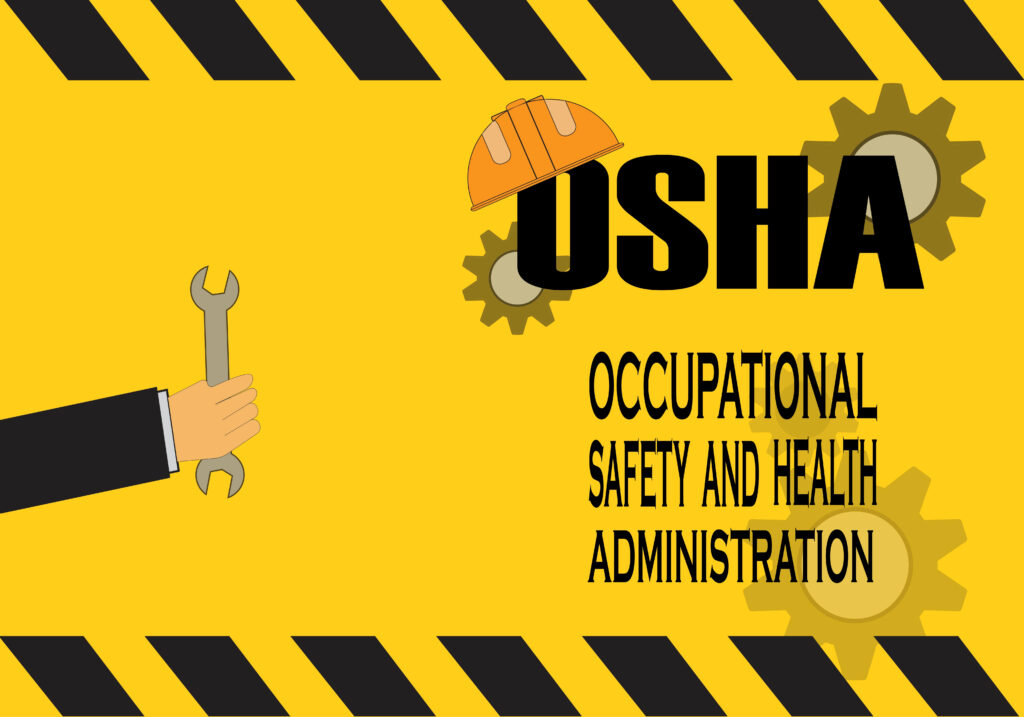 Workers often encounter multiple hazards in petroleum and petrochemical storage tanks. These hazards can include the chance of fire or explosion, asphyxiation, extreme toxicity, entrapment, dangerous falls, and other physical and chemical hazards including, steam, heat, noise, cold and electrical shock.
Workers often encounter multiple hazards in petroleum and petrochemical storage tanks. These hazards can include the chance of fire or explosion, asphyxiation, extreme toxicity, entrapment, dangerous falls, and other physical and chemical hazards including, steam, heat, noise, cold and electrical shock.
Most tank hazards are a result of the presence of gasses, vapors, fumes, cleaning solvents, dust, and improper or insufficient lockout-tag out procedures, or even excessive heat or cold. Additionally, the lack of oxygen or an oxygen-rich atmosphere may cause serious injury or even death.
Tank work is hard and dangerous. Workers must ensure that every safety element is in place before they enter a tank. It is important to understand the many OSHA regulations regarding oil and gas storage tanks.
At Some Point Workers Will Have To Go Inside A Storage Tank.
At some point, workers will need to access the inside of a fuel storage tank. It is important that all procedures regarding tag out and lockout be implemented. Fall protection with redundant systems is highly recommended. Workers may need oxygen assistance, special clothing, and lighting equipment. It is also important that workers understand the nature of the product inside the tank including its hazards and how to work with the material.

It is important to understand the OSHA regulations regarding fuel storage tanks and all of their recommendations can be found there. Staying OSHA compliant during all tank operations is the best course for your workers and your company.
Saferack makes fall protection equipment that is designed to keep workers safe even in harsh conditions like fuel storage tanks. Tank farms are highly regulated and it is important to keep your workers safe during operations within a fuel tank. Contact SafeRack today and learn how the correct fall protection equipment can give you Safety Peace Of Mind.























